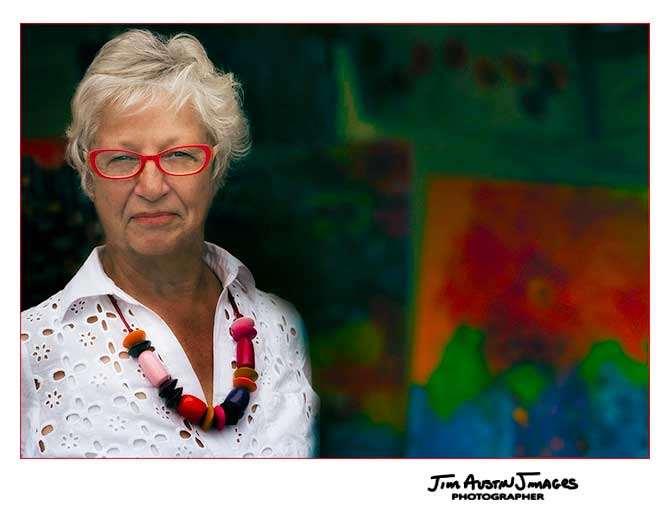



~ Minor White

Bottom Line: Practice with purpose. Let go of mastery.
Prime your Time
Practice with Purpose
Reward and Remind
Olympic athletes and sports teams have 3 core methods to improve. Unlike the buzzwords in photography advertising, they do not use the idea of mastery.
Instead, they train the body to follow the brain. Based on their success, and on research in vision and flow, I teach 3 down to earth ways for photographers to make better pictures. Our goal is to build skills in tune with how our brains work. Easy.
PILLAR ONE: Prime Your Time for ChronoBiology
Photograph at a set time. Make it a regular practice. The time itself does not matter. Whether you choose 2 am, 12 noon, or 8 pm, just make it a recurring, regular time.
Athletes do this for good reason. They prime their time, which helps them warm up and regularly exercise their skills. There is a good reason to do this as a phtoographer. We can prime our brains, visually, to develop good habits for seeing photographically.
Timing is Key
Your brain has a self-sustaining, oscillating, built-in Circadian clock mechanism. Circadian comes from Latin and means around the day. When you prime your time, you can take advantage of the best peak time to photograph.
Certain times of day or night will work better for your style, because they work with your body temperature, activity level, and visual awareness of your environment. Prime your time to work with your Circadian rhythms. I rarely photograph at 4 am, because my body and brain are dampened down, sleepy, and not productive.
Likewise, my Circadian rhythms make me a morning person, and I usually get more creative photos in the morning. Your time will differ, but the principle is as reliable as the earth orbiting the sun.
When I travel, I like to use the time of sunrise to prime my photographing, training my brain to set goals, practice, and pay attention. If you only devote one day a week, make it the same day, at the same time, and you will notice the benefits in your photography.
PILLAR TWO: Practice with Purpose.
Pillar two has three parts.
ONE: WARM UP. Heading out to shoot, set up your camera and do some warm ups. Change your camera settings to match the light and scenes you will capture. This warm up is about being prepared, so you’ll be more flexible, and also opportunities that come along by chance.
During warm up, take a few shots to check your camera battery and employ auto or manual focusing or both. I also practice a “get lower down” warm up, getting closer to the ground, to remind myself to make exposures from lower angles. During my warm up, I also study backgrounds, looking for the least distracting areas behind the main subject matter.
TWO: COMMIT. Commitment is the second part. Commit yourself to a minimum length of time to photograph. Pick a shorter time than you might at first, so you know you’ll regularly be able to keep going for that time period. I say to my family “I’ll be back in a half hour.”
Avoid carving out a long time. Keep it short, but do it consistently at the same time. The idea is to allow your body and brain enough time to move into photography mode, but not be imprisoned by the time frame.
THREE: PRACTICE, THEN PLAY. Here’s the key. After your warm up, take on a tougher part. Practice with Manual mode if you always use P, Program Mode. Try a wide angle prime lens if you always use a zoom telephoto. If you are a professional portrait photographer all week, make some still subject light paintings.
Overall, try solving a visual problem that is outside of your usual skill set. If you always do landscapes, challenge yourself to light a portrait. Try backlighting.
The key here is deliberate Practice with a Purpose to Prepare. This is the part that really pays off. It prepares you for the next time you need these skills. Deliberate practice is the most intense part of the 3 pillars, and where your brain-thinking networks begin to come alive. It is more important than the number of hours you put it, for it’s not how long you practice, but how you practice.
Now, follow up your hard work period with PLAY. Be playful. Have fun. Experiment with subjects, technique and ways of photographing that you love.
PILLAR THREE: Reward. Remind.
Celebrate. Give yourself a pat on the back. End your three pillars series on a high note, perhaps sharing one of your sucessful images.
Our brains love rewards. Use whatever rewards give you a personal, social, or professional good feeling. Using both mental rewards and material rewards, I like to print an image each month, trying it out on a new hi-tech output like museum-quality acrylic block prints. You will have your own rewarding prize.
While you make memories with your pictures, make memories for your brain. Help it solidify your learning. How? Reflect on those special methods (thoughts, lighting, etc) that worked well so you can choose them next time you head out.
The more you think about them at the end of your Three Pillars, the easier they will become part of your photography the next time. I’ve told myself “next time I will wait a bit longer for drama and emotion, and patiently wait until its at its peak.” Remind and reflect on what worked well during the deliberate practice you just did.
Bottom Line: Practice with purpose, and let go of mastery.
Three Pillars of Photography is from the Photographers Index Card in the book Slow Photography: No Present Like Time, a Jimages photography publication coming Fall 2018.


